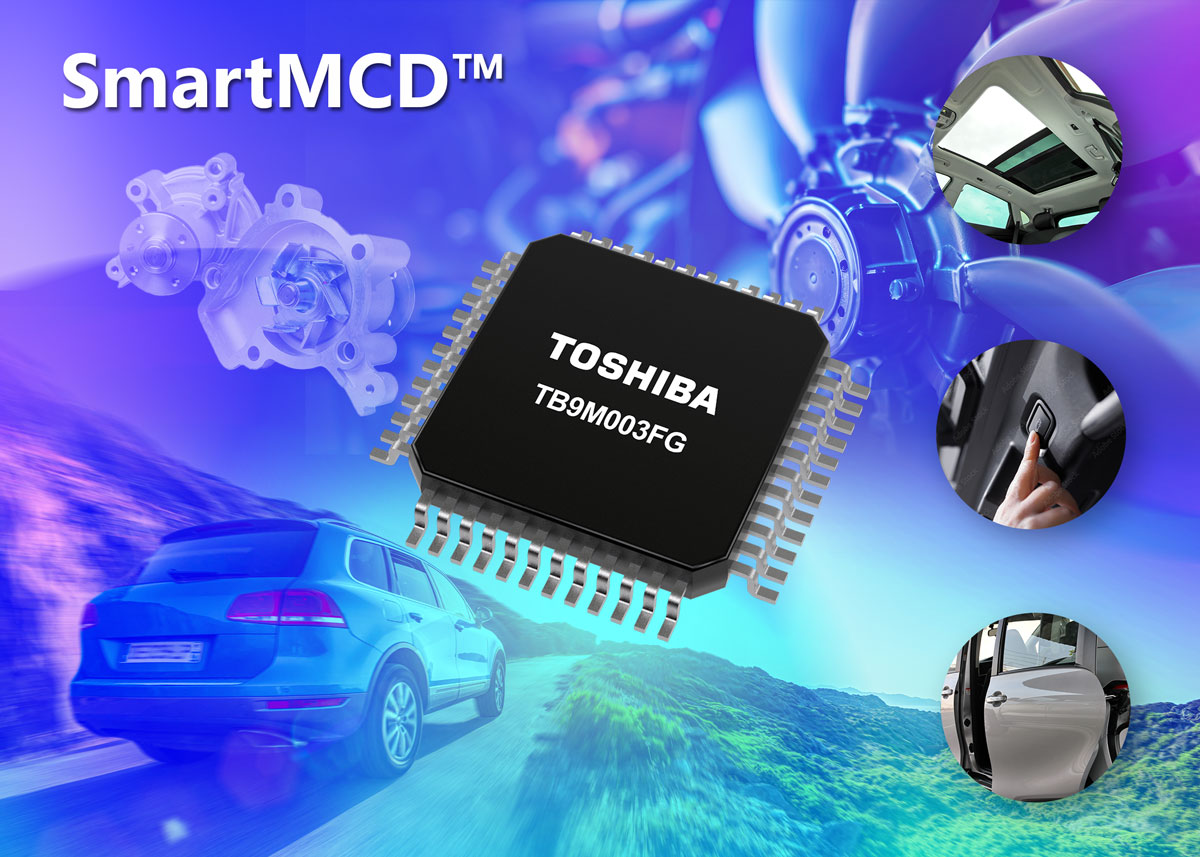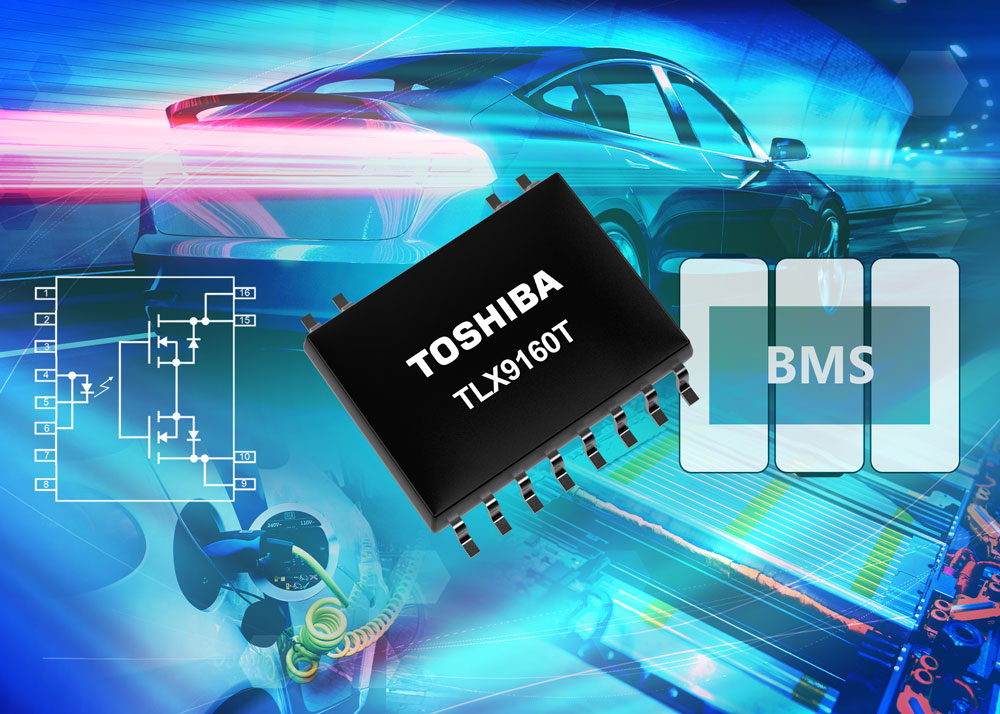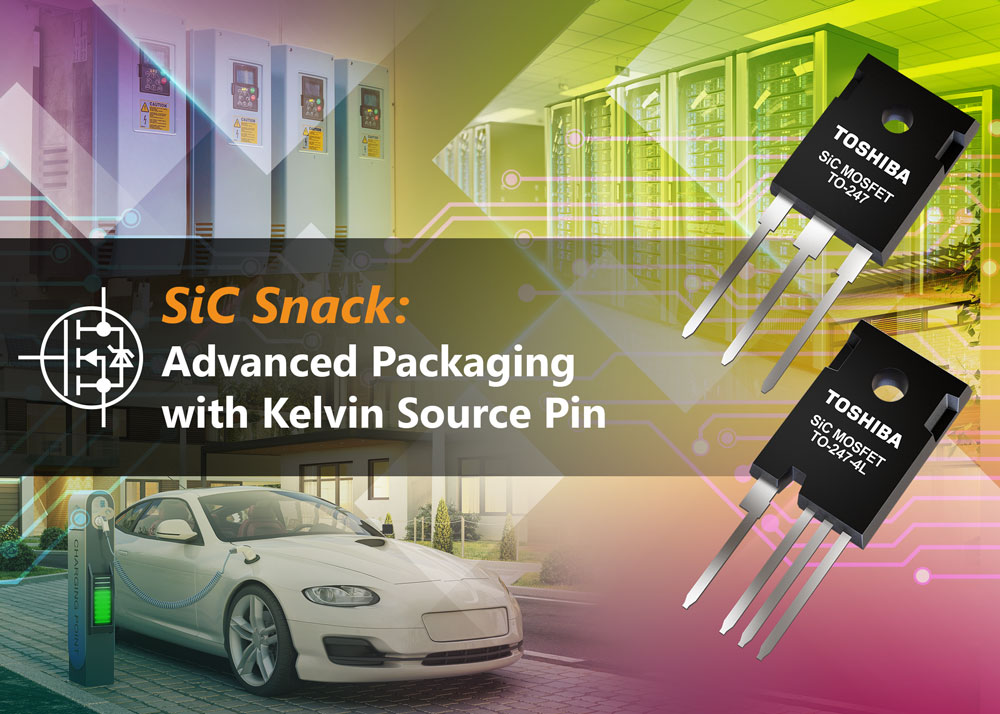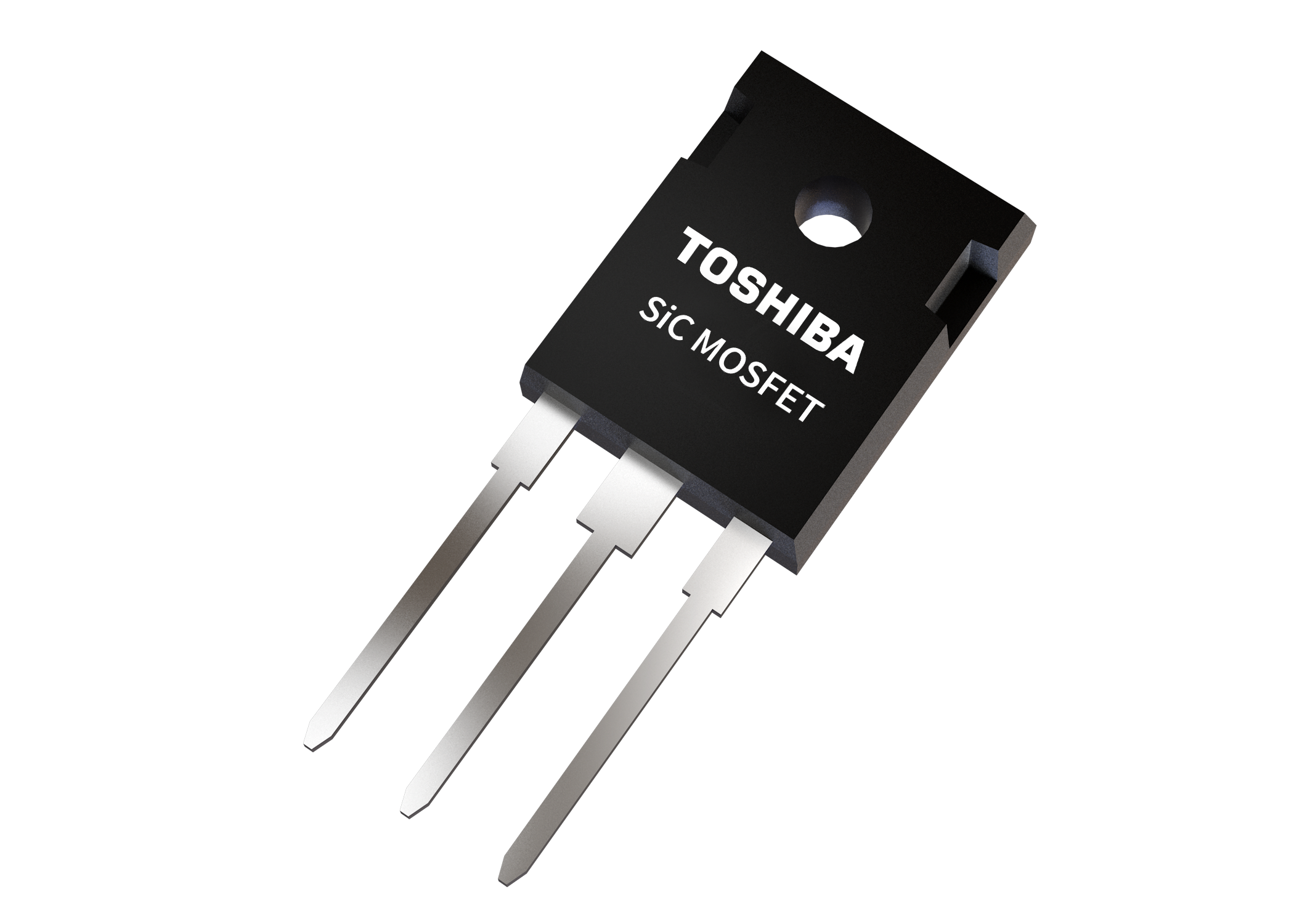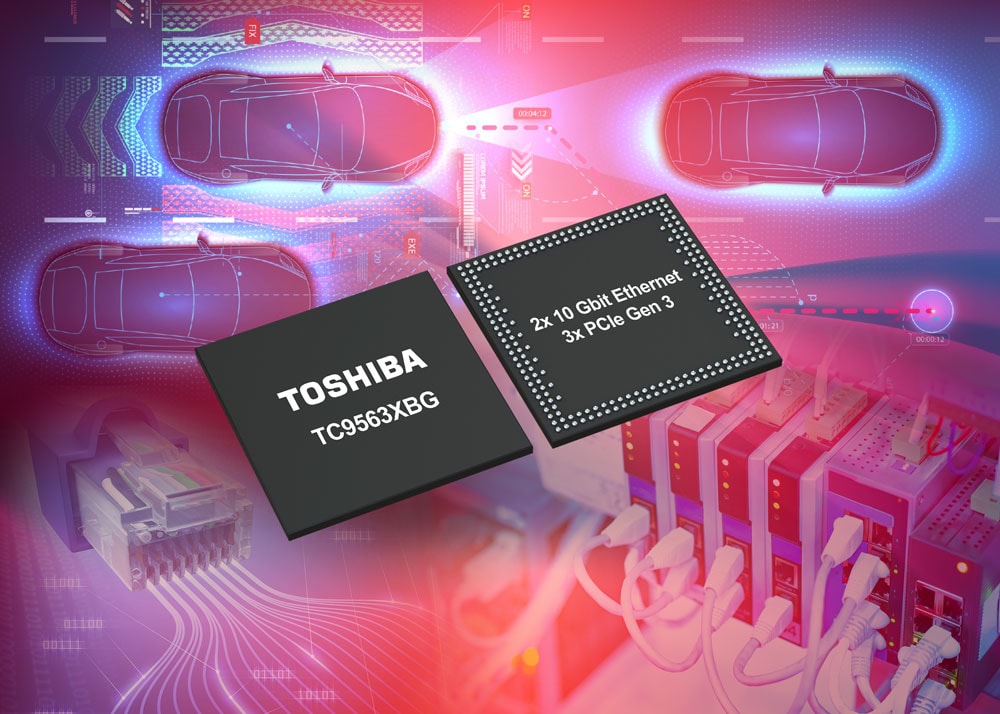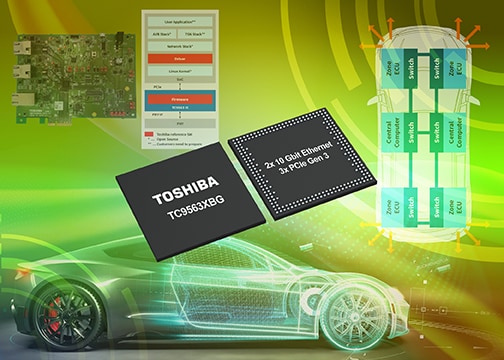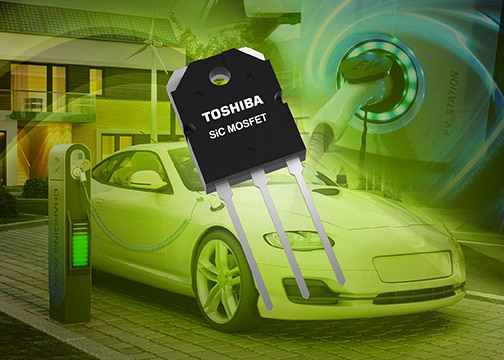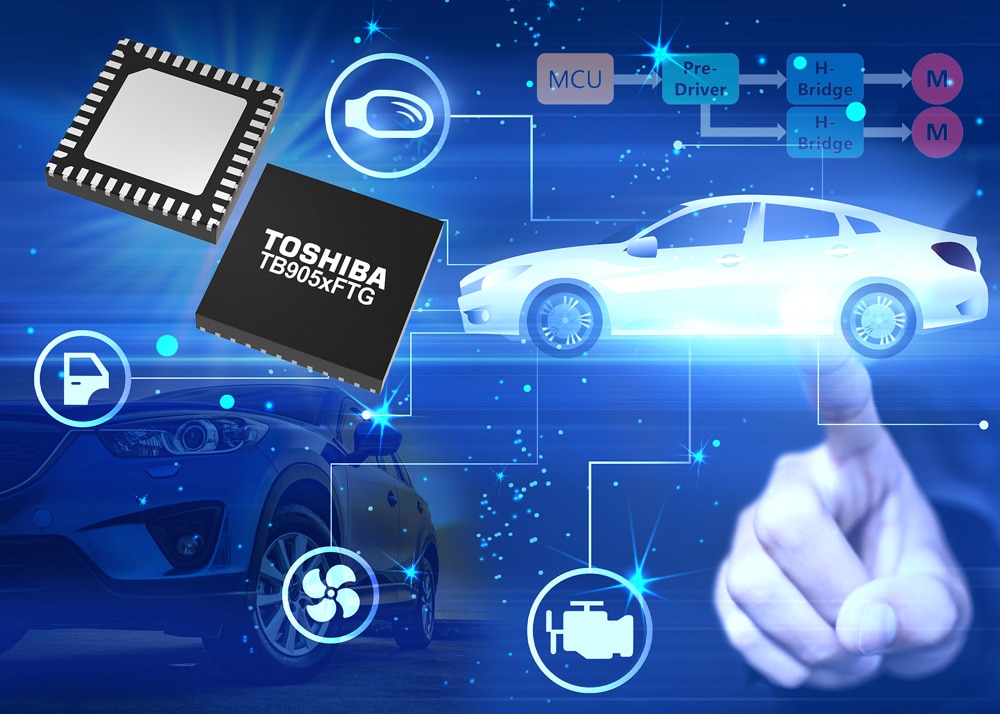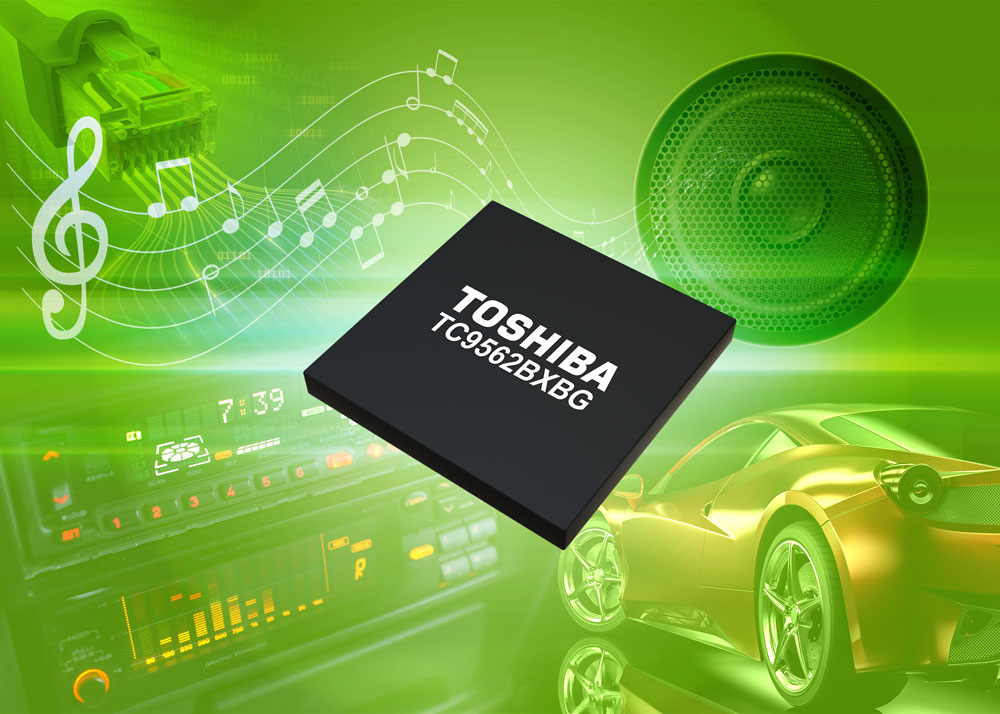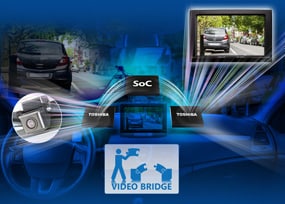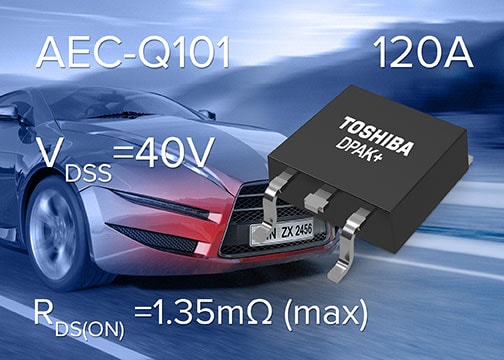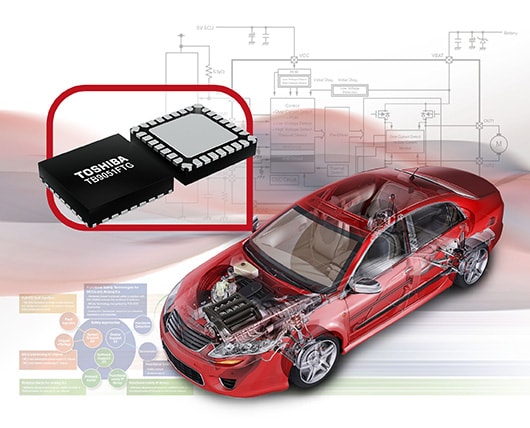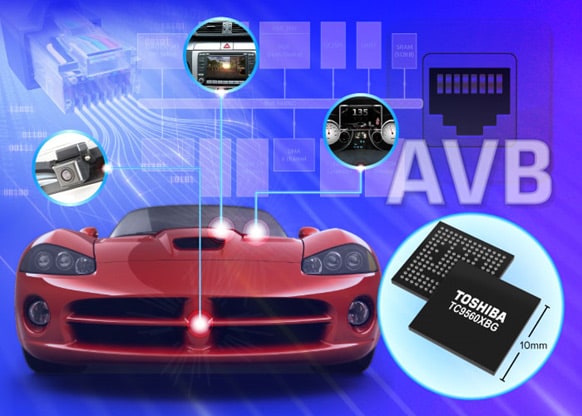- General Top
- SEMICONDUCTOR
- STORAGE
- COMPANY
-
My ToshibaSemicon
- Semiconductor Top
-
ApplicationsAutomotive
Body Electronics
xEV
In-Vehicle Infotainment
Advanced Driver-Assistance Systems (ADAS)
Chassis
IndustrialInfrastructure
BEMS/HEMS
Factory Automation
Commercial Equipment
Consumer/PersonalIoT Equipment
Healthcare
Wearable Device
Mobile
Computer Peripherals
-
ProductsAutomotive Devices
Discrete Semiconductor
Diodes
Transistors
Logic ICs
Analog Devices
Digital Devices
Wireless Devices
※
: Products list (parametric search)
Power SemiconductorsSiC Power Devices
※
: Products list (parametric search)
Isolators/Solid State RelaysPhotocouplers
Digital Isolators
Solid State Relays
Fiber Optic Transmitting Modules
※
: Products list (parametric search)
MOSFETsIGBTs/IEGTsBipolar Transistors※
: Products list (parametric search)
Diodes※
: Products list (parametric search)
MicrocontrollersMotor Driver ICsIntelligent Power ICs※
: Products list (parametric search)
Power Management ICsLinear ICs※
: Products list (parametric search)
General Purpose Logic ICsLinear Image SensorsOther Product ICsOther Product ICs
※
: Products list (parametric search)
-
Design & Development
Design & Development
Innovation Centre
At the Toshiba Innovation Centre we constantly strive to inspire you with our technologies and solutions. Discover how to place us at the heart of your innovations.
-
Knowledge
Knowledge
Highlighted Topics
Further Materials
Other
- Where To Buy
- Part Number & Keyword Search
- Cross Reference Search
- Parametric Search
- Stock Check & Purchase
This webpage doesn't work with Internet Explorer. Please use the latest version of Google Chrome, Microsoft Edge, Mozilla Firefox or Safari.
require 3 characters or more. Search for multiple part numbers fromhere.
The information presented in this cross reference is based on TOSHIBA's selection criteria and should be treated as a suggestion only. Please carefully review the latest versions of all relevant information on the TOSHIBA products, including without limitation data sheets and validate all operating parameters of the TOSHIBA products to ensure that the suggested TOSHIBA products are truly compatible with your design and application.Please note that this cross reference is based on TOSHIBA's estimate of compatibility with other manufacturers' products, based on other manufacturers' published data, at the time the data was collected.TOSHIBA is not responsible for any incorrect or incomplete information. Information is subject to change at any time without notice.
require 3 characters or more.
Bringing the backing track of motoring into the 21st century
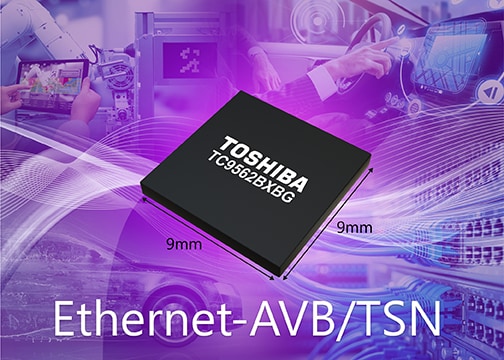
Audio in the vehicle is almost as old the automobile itself. Chrylser offered a Westinghouse radio for their vehicles back in the 1920s but at the time the radio would have been as rare as the car itself, bearing in mind it was priced at about half of the vehicle’s cost. Since then we’ve had record players, 8-tracks, cassettes, CDs, and MP3s. Then our smartphones converged everything and became part of the vehicle itself with software such as Apple CarPlay and Android Auto allowing us to play music for longer than our fuel tanks or batteries could ever transport us.
Over the past decades the vehicle’s electronic and electrical (E/E) architecture has also seen massive changes. Almost everything in our car is networked, with even simple systems such as ambient lighting relying upon the simple LIN networking standard. CAN is a mainstay of electronic control unit (ECU) networking and FlexRay features in X-by-Wire solutions. Multimedia solutions, such as MOST, have had success in audio and media applications, but proprietary Low-Voltage Differential Signaling (LVDS) comes into play for single video feeds from, for example, reverse-parking cameras.
Taking a step back from the details, the networking implemented inside the vehicle seem to compare favorably with the topology of Ethernet, the wired networking solution common for linking computers and laptops to the Internet. Various working groups have spent time reviewing Ethernet and making changes to its specifications in order to make it more suitable for use within the automotive domain. As a result, an Automotive Ethernet solution has emerged that can function across an unshielded twisted-pair, offers the capability to reserve bandwidth for audio and video, and also ensures that all nodes synchronize with a defined global system clock.
This opens up the possibility to move much of the existing automotive technology, with the exception of the lowest cost functions, to Automotive Ethernet. This simplifies the overall E/E architecture implementation, offers weight reduction in the cable loom, and makes it simpler to offer feature differentiation across individual vehicle models. To simplify the implementation, Toshiba has developed a universal Automotive Ethernet device that is equally at home alongside a powerful Infotainment application processor, as well as in an end audio node featuring microphones, amplifier and speakers.
The TC9562 provides an Ethernet MAC that includes the Audio Video Bridging (AVB) features needed within the vehicle for the application discussed. A PCIe interface provides a simple connection to an application processor that is missing the necessary AVB support, thus enabling it to participate in the network. Additionally, the integration of a 32-bit ARM® Cortex-M3 CPU ensures that the device can also be used standalone. As an audio node, its I2S peripheral can be combined with a CODEC and amplifier to capture audio commands or conversation, and play back music or phone calls. This provides the automotive engineer with a single Ethernet AVB solution that can be reused across all applications within the vehicle.
Should you be searching for an Automotive Ethernet solution for an in-vehicle audio application, you can review our white paper on this topic available here:


